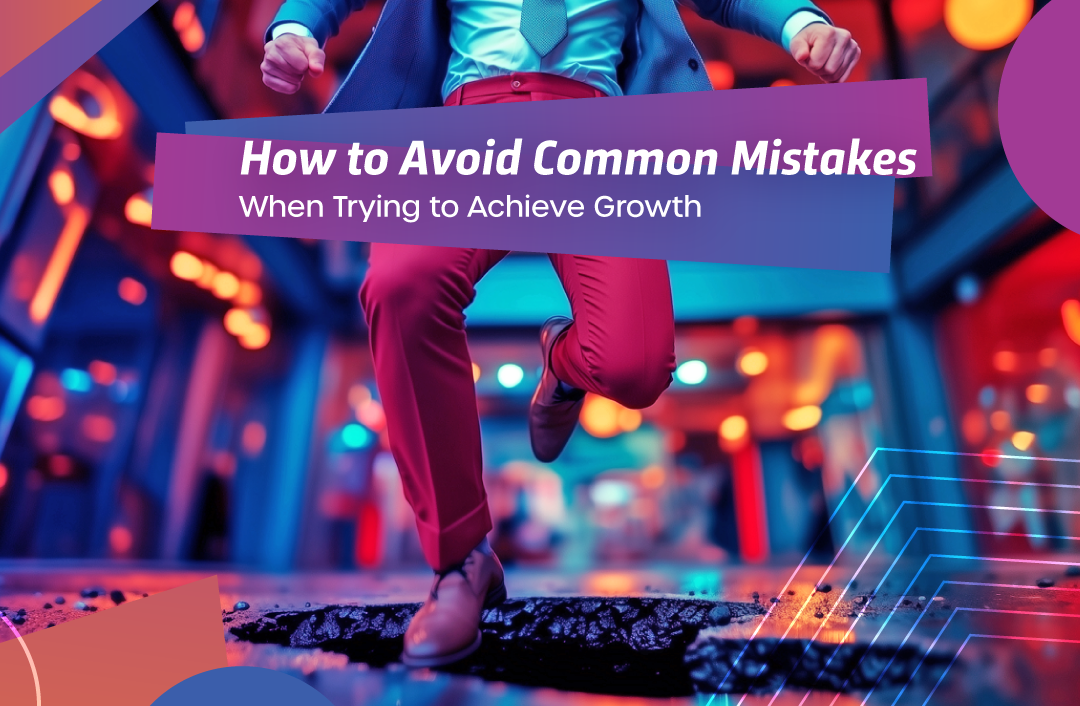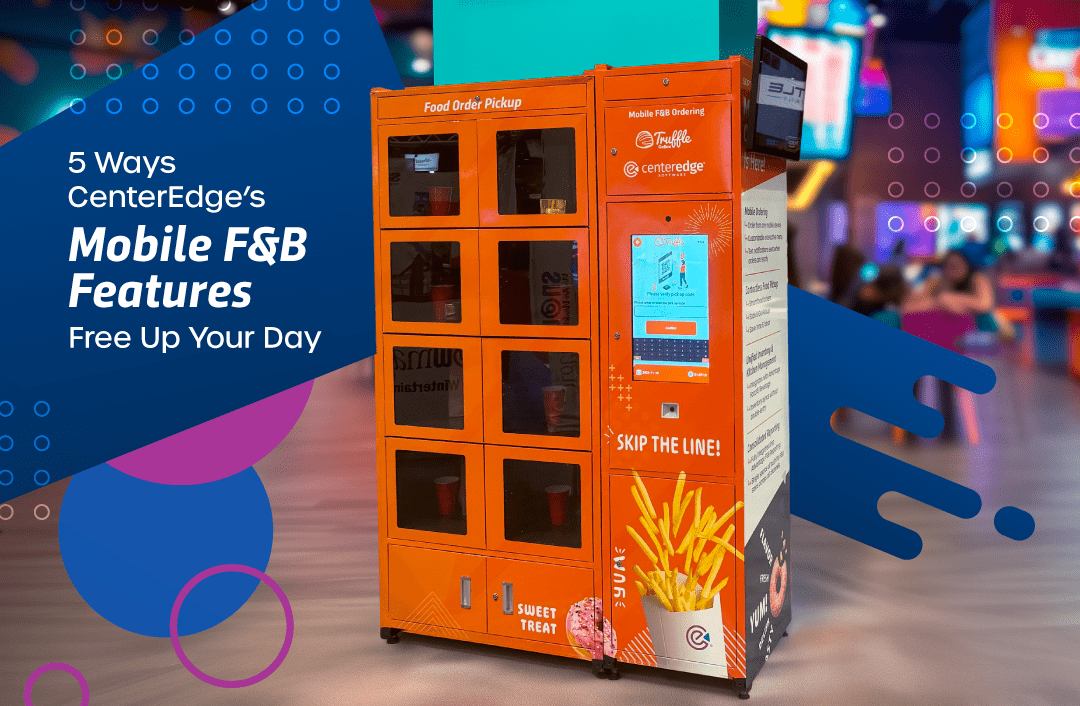Inbound and content marketing strategy is a practice that requires the perfect cocktail of art and science – and it’s always changing. But what hasn’t changed is that your consumer desires relevant, personalized content and offerings that speak directly to their needs, wants and interests.
Email marketing remains a terrific way to accomplish that, but chasing after today’s do’s and don’ts of email marketing can feel a bit like a game of whack-a-mole. The best marketers know that the key is to remain consistent with your creativity – knowing that you have to be nimble enough to change your style, approaches and even your language – to meet your audience’s needs.
At the recent Inbound 2019 Conference in Boston, Worldata’s CEO Jay Schwedelson shared insights gathered from over 40,000 email marketing campaigns and six billion individual messages delivered in the last year. Here’s what we learned.
1. Forget what you think you know about sending too many emails.
According to Jay, misinterpreting the reasons given when a reader unsubscribes is a major miss.
For example, when reading a statistic such as: “28% of unsubscribes say they received emails too often,” do you automatically decide to send fewer emails? The real statistic, he explains, is the other 72% who left for reasons that have “nothing to do with how much you send.” In fact, Worldata’s research shows that open rates actually rise 21% for B2B and 17% for B2C when emails are sent at least five times per month.
He argues that it doesn’t matter how many emails you send if your audience wants to receive them.
Think of the brands you love the most. When you receive emails about their new products, or suggestions for you based on items you’ve bought from them in the past, are you mad that they’ve picked that perfect item for your beloved pet Fluffy? Probably not.
Data is a critical tool that helps you provide the most relevant offers to your audience, but be sure to use and analyze your data in the most meaningful ways.
2. Write with your buyer in mind.
Now that the fear of sending too many emails is gone, you can focus on the tips that will keep your emails in the Inbox.
Email deliverability is now based on engagement, which means that your emails need to be more enticing than ever before. It’s important to note that these tips continually evolve, so last year’s do’s may be this year’s don’ts. And these tips that will get your emails opened today will probably be obsolete at this time next year, so be sure to keep in-the-know.
Here’s what’s working now:
- Emails that expire – Emails with offers that expire have a 62% higher overall response rate for B2C and 55% higher for B2B. In fact, subject lines that include phrases like “limited, tomorrow, last chance, expires, days left, and hurry” all boosted open rates by 14-22%. And this number is always changing. For example, in August alone, subject lines that included an expiration saw nearly 40% higher open rates than those that didn’t.
- Emails that provide extreme value – The top word that increases open rates right now is “free,” but others that move the needle generate the feeling of exclusivity for the reader, with words such as “for you, invitation, secret, and reserved”. This means that if you pair your customized offers with a high impact subject line, you’re in line to benefit greatly. But “free” doesn’t necessarily mean deep discounting. Perhaps you invite guests in on a low traffic day with a free upgrade, bonus game card or appetizer. This keeps costs low while still driving revenue for you and value for your guest.
- The half sentence subject line – I know, I cringed too, but Worldata found that subject lines with the likes of “have you heard about…” boosted open rates by 37% for B2C. Why do you think that is? Perhaps readers feel like you just can’t wait to tell them some terrific news. Perhaps they just have to know the last half of the sentence. Perhaps they feel like if they don’t find out the rest, they’ll be missing out on something important. Whatever the reason, creating the right sense of urgency can be a big win.
- [Brackets] and (parentheses) – Just think, an email you send with a subject line like “[Better Birthdays] for that special someone…” and “Don’t miss our gift card special (Ends Tomorrow)” could bring you 31% more opens.
- Starting with numbers – Before many readers open your email, they want a sense of how much time they’re going to have to invest. They also want to know how many tips, trends or deals they could gain. That’s why subject lines that start with a number, such as “3 Ways to Connect Better With Your Kids” could increase your open rate by 21%.
3. Be approachable.
Some companies have been following a rather nasty trend: sending emails out from an inbox that doesn’t invite responses. They go through all the trouble of thinking about making engaging and exciting email offers designed to wow customers. But then they send it from “noreply@thiscompanydoesnotcare.com.”
If your customer wants to engage with you, let them. Emails should come from a person or brand that your guests can relate (and respond) to.
4. Maximize the value of the pre-header.
Think of the pre-header text (the text that follows the subject line before someone opens the email) as the ever-important curb appeal you look for when you’re house hunting.
Use it to give a hint about your offer or promotion for 24% more opens, such as “Get 15% more fun when you book your holiday party early.”
An important note is that pre-headers won’t appear if you read test emails on your computer. Read them on your mobile device to gauge how they’ll look and feel for your guests.
5. Keep it authentic.
I know I say this often, but don’t get so caught up thinking of strategy and tactics that you forget that you’re a company made up of people offering meaningful experiences for people. Use your data wisely to understand what your market likes (and doesn’t), and be sure to keep your mission of delivering memory-making opportunities at the top of mind with every word you write. Then, you’ll be serving up exactly the right message to the right person at the right time – with the right amount of heart. And isn’t that what it’s all about anyway?
Which tip are you going to try first? Share them with us in the comments or on Twitter.
Search Resources
Subscribe to Email Updates
Featured Resources
Blogs //
How to Avoid Common Mistakes When Trying to Achieve Growth

Blogs //
5 Ways CenterEdge’s Mobile F&B Features Free Up Your Day

Blogs //
5 Questions to Consider to Help Your Business Stand Out From the Crowd

Blogs //
Why The Happiness Advantage Is Still a Game-Changer for Guest Experience

Posts by Topic
- Advantage Payments (7)
- Brand Management (19)
- Business Growth (81)
- Capacity Management (2)
- CenterEdge News (28)
- Client Interviews (8)
- Credit Card Processing (3)
- Data & Reporting (12)
- Digital Signage (1)
- Event Management (20)
- Facility Management (10)
- Food & Beverage (8)
- Guest Experience (34)
- Guest Management (20)
- Holiday Season & Promotions (5)
- Industry Events (10)
- Inventory Management (1)
- Loyalty Programs (8)
- Marketing Tips (24)
- Operations (1)
- Point of Sale (10)
- Product Launch (11)
- Productivity (5)
- Profitability (35)
- Redemption Management (1)
- Sales (35)
- Season Passes (1)
- Team Training (60)
- Waivers (2)

Leave a Comment